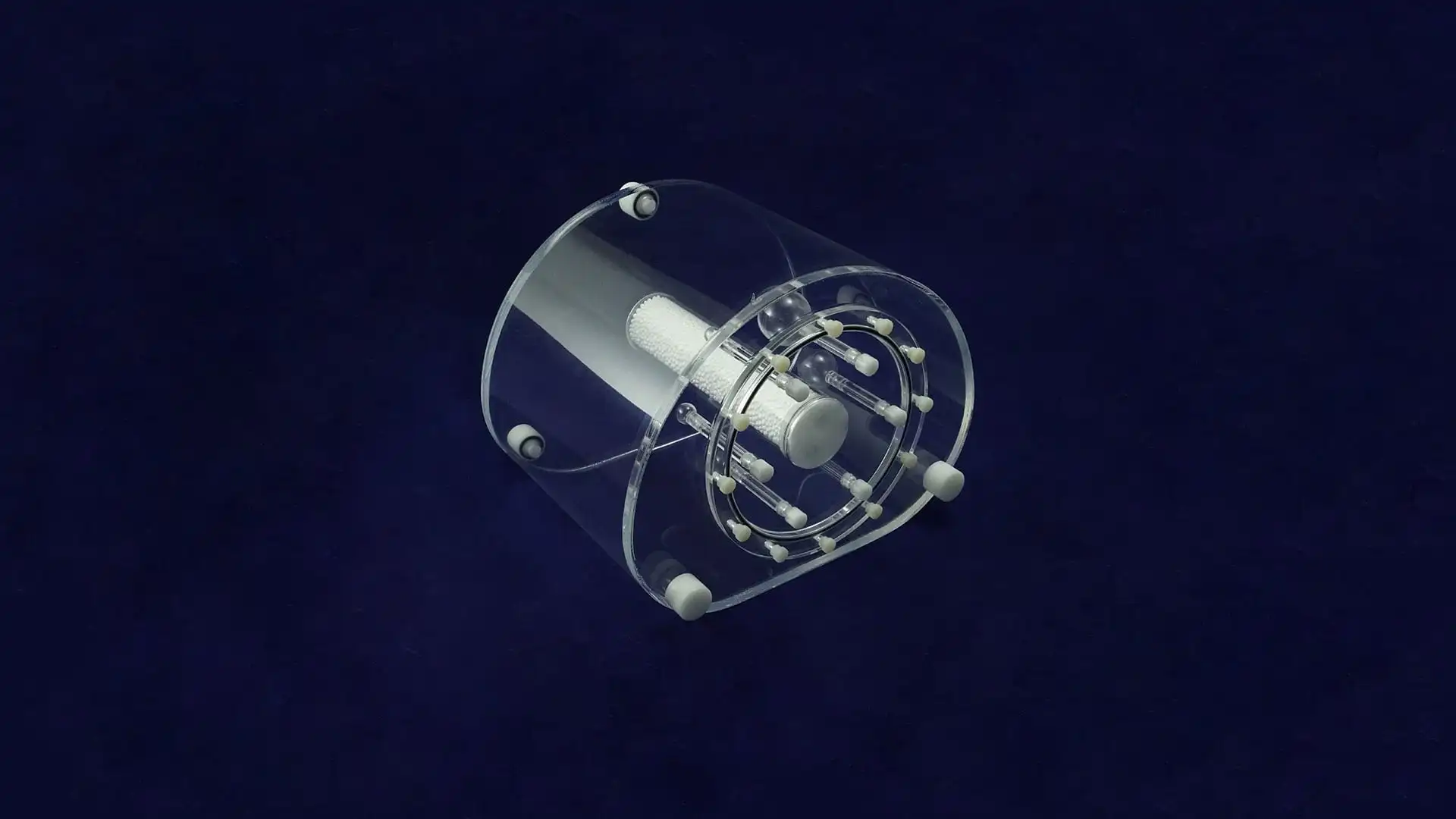
What Is A Phantom? How Does It Work?
by Monica Jaszczak
Phantom: 101
Understanding a phantom and how it works
A phantom can be a multitude of things: a ghost, a figment of the imagination, but in this case, we are referring to a medical product that plays an integral role in patient care, medical research, and pharmaceutical development.
Over the years, our staff at DSC has helped to develop and build phantoms that are dependable, reliable, and provide innovative solutions for the medical imaging profession. In fact, DSC phantoms are the standard by which all accreditation of Nuclear and Molecular Imaging systems are evaluated by the American College of Radiology.
–Dramatic pause–
Now that we have your attention and you are riveted with our experience and wisdom on all things “phantom”, let’s take a minute to better understand 1) What is a phantom? and 2) How does it work?
What is a phantom?
An imaging phantom or “phantom” is a scientific device that is often used in the biomedical research community. A phantom is a specially designed object that is utilized as a “stand-in” for human tissue and can be scanned or imaged to evaluate, analyze, and fine-tune the performance of an imaging device. Phantoms provide consistent results, ensure that the systems and methods for imaging the human body are operating correctly, and provide reliable and quantitative/measurable information.
How does a phantom help with imaging?
Each of our phantoms are designed with a particular imaging type in mind and measure relevant values for that system. The phantom, created out of Acrylic PMMA and water, mimics the photon properties of human tissue, which means the material will respond in a similar manner to how human tissues and organs would act under the specific imaging modality. The corresponding image of the phantom demonstrates that the evaluating system is working as intended, and the imaging system’s functionality is at optimal performance.
What does a phantom do?
Our phantoms and related accessories at DSC provide medical imaging investigators with the ability to test imaging equipment. Our products are designed primarily for acceptance testing, quality control, and research purposes. With a wide range of uses, our product can assist with:
- Single-photon Emission Computed Tomography (SPECT)
- Positron Emission Tomography (PET)
- Magnetic Resonance Imaging (MRI)
- Combined medical imaging systems
Phantom 101: Conclusion
Basically, a phantom is a scientific device that is used as a “stand-in” for human tissue to make sure that medical imaging equipment is operating correctly. It is a way to provide reliable and quantitative information to compare imaging systems used in a real-world setting. A phantom is also a way to ensure the accurate evaluations of medical conditions and make sure that patients are receiving quality care.
Want to learn more about DSC phantoms?
While we would have loved to define a phantom as something more intriguing and mythical, there is no denying how helpful our phantoms are to the medical field. If you would like to learn more about our DSC phantoms, take a look at our “Product Page.”
Want to read more about phantoms?
Do we have you hooked on phantoms? Take a look at
Contact us
If you would like to learn more about our products, feel free to call us at (919) 732-6800 or submit an inquiry at spect.com/contact-us/
Contact Us
If you would like to learn more about our products or want to talk with someone about the use of our Phantom products to obtain ACR accreditation feel free to call us at
(919) 732-6800
or complete our contact form.
Click here for questions regarding ACR accreditation.